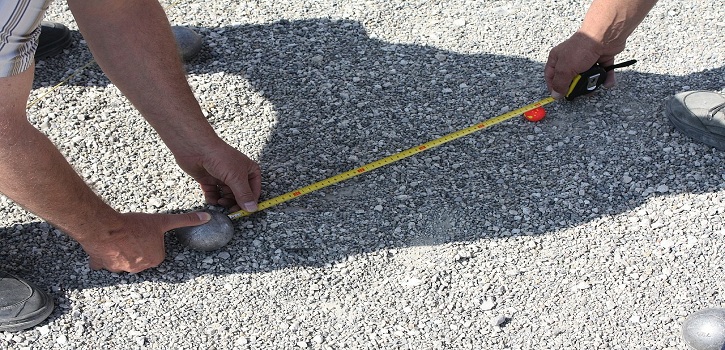


To properly install a fence, several steps must be taken before the process begins. Confirming your property lines and measuring your yard is important before buying fencing materials and installing a fence.
First and foremost, you must confirm the property lines so that your fence is on your property. It’s a crucial step that ensures you do not end up with unhappy neighbors because your fence crosses their property lines.
Next, all utility lines must be identified to make sure you do not come in contact with them while digging the holes for the post. If there are trees, slopes, or other obstructions that may come in the way of installing a new fence, you need to plan accordingly.
The last step is to accurately measure your yard and mark where the poles will be placed. The steps that need to be taken while measuring your yard for fence installation are:
You can determine how many panels will be needed to construct the fence by measuring the outside perimeter of your yard in feet. Once you have that number, divide it by how wide each panel is. Most panels are 4 to 6 feet wide.
Determine where the corners will be and mark the spot for each corner posts. Corner posts must be carefully placed because fence panels attached to them will be leading in two different directions at a 90-degree angle.
Once your corner posts are placed, you can measure outward and mark where your line posts will go. The distance between line posts should equal the size of your fence panels. Panels may need to be cut if there is a short section.
Carefully mark where end posts will be placed. Anend post is placed where the fencing stops. Sometimes this is next to a building. It can also be freestanding. End posts are often bigger than line posts due to the fact that they stand alone and support the last panel of fencing.
If you are working with a fencing contractor, they will help you go through these steps before they begin the fence installation process.
Also Read: Factors to Decide the Right Fence Height for Your Property